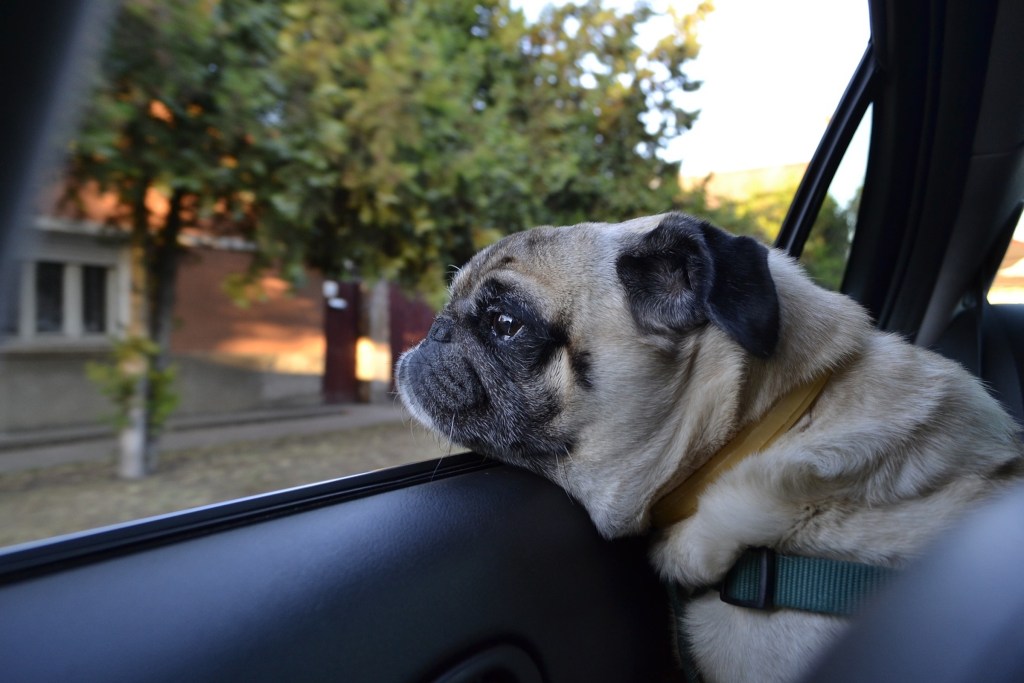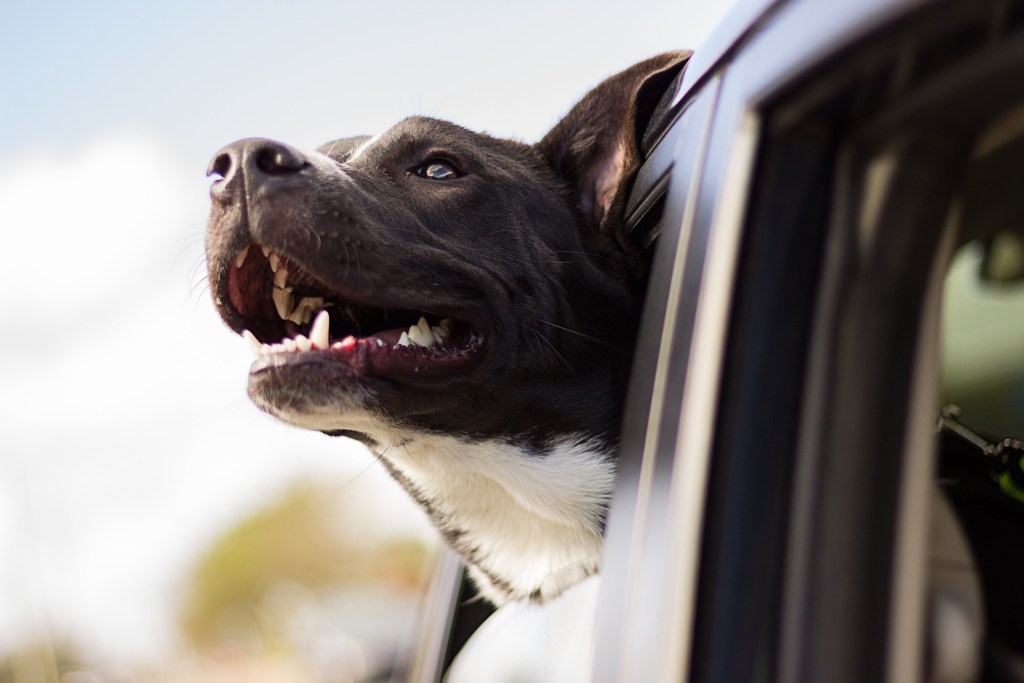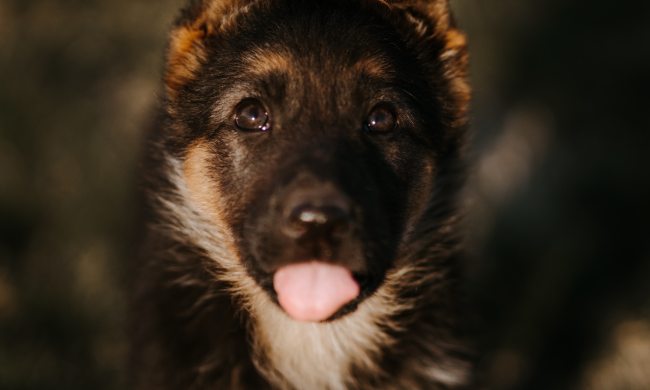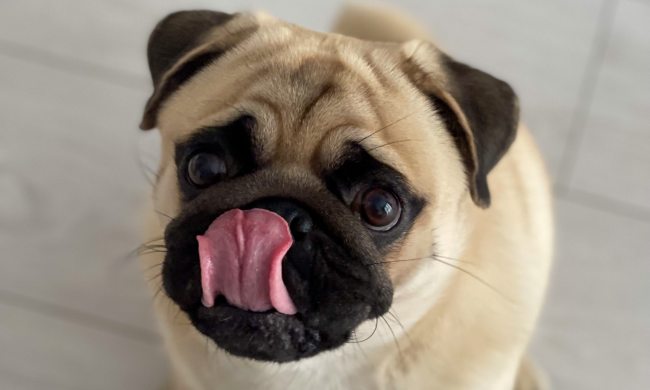Every dog has its differences, from preferences to personalities and even fears. What one dog loves another may hate, so it’s unrealistic to expect every single pup to react the same way to something eventful, like a car ride. Some dogs love to be in the car and will even stick their heads out the window to feel the wind, but other pups panic at the thought of a car ride.
If you don’t know how to calm a dog in the car, you’re not alone. It can be incredibly stressful for both of you when your pup is an anxious passenger, but with some knowledge, patience, and time, you can learn how to cure dog car anxiety with ease. Read on to learn more!
Why some dogs don’t like car rides
Dogs can be fearful of the car for any number of reasons, whether it be a learned or intuitive trait. If this is your pup’s first time near a vehicle, for example, he may just be hesitant of something big and unfamiliar.
Alternatively, dogs can panic around cars if they’ve had a negative experience around or in a car before. Something as simple as motion sickness can be enough to leave a lasting impression. Dogs can learn to associate getting in the car with going somewhere stressful, like the vet, or they can just be nervous around small enclosed spaces. The American Kennel Club notes that your dog may drool, whine, or even vomit in these stressful situations. No two pups are the same, so be patient and gentle with your pet if he seems nervous, even if you don’t understand why.

How to keep your dog calm in the car
When your dog is already anxious about being in the car, it can be tricky to calm him down — but it’s not impossible. The most effective ways to change his behavior are long-term training methods, but there are a few tricks that may help in the meantime.
On the day of the car ride, according to canine behavior consultant Melissa Pezzuto in conversation with The Dodo, try to walk your dog — or at least play away some of the pent-up energy — before you get in the car. A tired dog is more likely to snooze his way through the trip. Distracting your pup with a toy or treat is also an option, though you should be careful about letting your dog eat in a moving car. Accidents can happen!
Setting the right mood can also help your furry friend relax, though each dog has his own preferences. It may take some observation to discern what your dog likes, but calming music, relaxing scents for canines, and partly lowered windows are common tools. Even a beloved item from home, like a favorite blanket or something of yours, can provide all the comfort they need. If you’d like further guidance, your local vet is always a trusted resource.

Training your dog to ride in the car
With more time and practice, your dog can learn to love car rides — or at least tolerate them. It helps to know why your dog reacts so extremely when in the car, but no matter where his fears come from, desensitization can be effective.
The idea is to move step-by-step, getting your pup comfortable with being where he is before moving any further. If you use a pet carrier to get your dog to the car, start by getting him comfortable with that. Practice by rewarding your dog for sitting in the kennel until that’s easy, then try closing the door. The next step is to pick him up without going to the car, on and on, until he’s comfy with sitting in the car. Don’t actually start the car or drive until the very last step!
Even without a pet carrier, the same ideas apply. Help your dog associate the car with something fun or yummy by rewarding him every step of the way, and never move any closer to the car until he shows you he’s ready. It’s a good idea to spend some time in the car without driving to help him get used to the environment as well.
If car rides with your pup are a challenge, there’s hope! A little TLC goes a long way when it comes to this kind of training, and any pet parent can try it. It may take some time to figure out what works, but the time will be so worth it when you’re riding around town with your favorite four-legged passenger.



